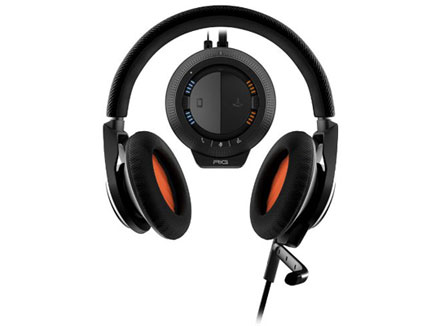Tom's Guide Verdict
The Plantronics Rig delivers quality audio and a comfortable fit for gamers, but the mixer adds more complexity than fun.
Pros
- +
Music and games sound good
- +
Extremely comfortable
- +
Works with almost any device
Cons
- -
Almost too many features
- -
Annoying hiss
Why you can trust Tom's Guide
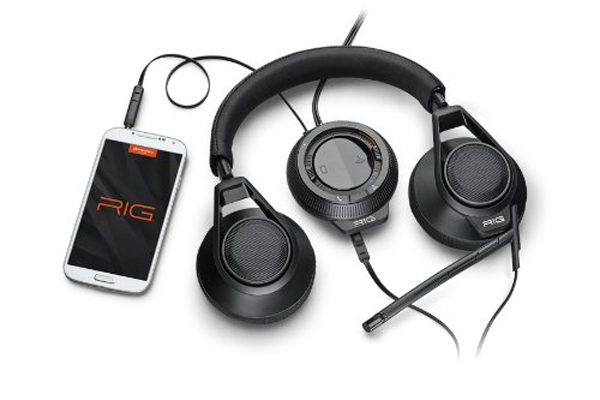
When it comes to consumer tech, simplicity trumps depth nine times out of 10. Take the Plantronics Rig ($75 - $100), for example: a headset that offers an in-line amplifier that offers you fine control over game audio, music, voice chat and even phone calls. The Rig is comfortable, not too big and sounds good, but a lot of the in-line amp's features feel superfluous rather than complementary, and get in the way of the highly competent core product.
Design
One area in which the Rig is an unmitigated success is the way it looks. Unlike most gaming headsets, which run the gamut from "huge" to "uncomfortably huge," the Rig is small and sleek, and looks a lot like a regular pair of Plantronics headphones. The peripheral has an attractive red-and-black color scheme that looks cool, but not overly aggressive.
MORE: Best Gaming Headsets
The earcups have generous soft-foam padding, while the headband has a little bit of rigid padding. But both areas feel comfortable. (The earcups do not swivel, which isn't ideal, but that doesn't seem to work against the headphones too much.) There's also an in-line amplifier — more on that later.

It's also worth noting that Plantronics has provided helpful graphics of a man with an increasingly large afro to help demonstrate how far you should adjust the headband for maximum comfort. As a gamer in possession of a Jewfro best described as "untamed" most of the time, this feature warms the cockles of my digitized heart.
You also have a choice of either a rigid or in-line mic. The rigid option is nothing special: It's big, bulky and doesn't move, so your only choice is to hope that it lies a decent distance from your mouth by default.
Comfort
Since you'll be wearing it for hours at a time, it's fitting that the Rig feels like a dream. The earcups are large, and the headband is adjustable, meaning you'll be able to find a comfortable conformation no matter how big your head (or your hair) is.
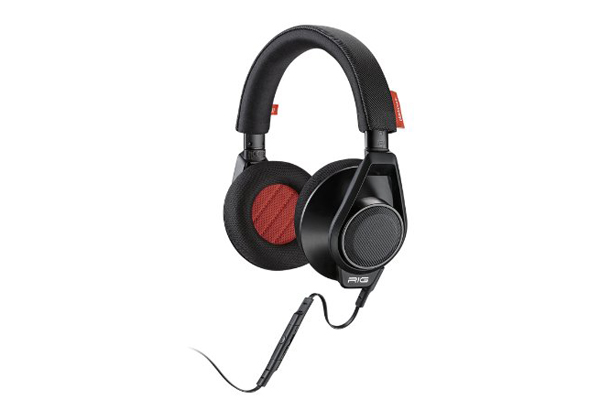
Even better, since the Rig is much smaller than your average headset, there's no uncomfortable weight or pressure on your head or ears. I wore the Rig for long stretches of both gaming and working, and never felt like I had to take it off.
I handed the Rig off to a co-worker who agreed with my assessment: It's a comfortable peripheral that sounds great.
Gaming Performance
I played through Titanfall and Assassin's Creed Unity to put the Rig through its paces. The former gave me an idea of how the headset performed in a heated multiplayer match, while the latter helped me evaluate how it worked in an immersive single-player adventure.
The Rig acquitted itself well on both counts, but nothing in particular stood out about its performance. I heard the sounds of futuristic sci-fi battles in Titanfall and the shouts and murmurs of Parisian citizens in Assassin's Creed Unity, but not in a way that altered my gameplay experience. It's worth pointing out, though, that headsets in this price range don't offer above-and-beyond sound quality for gameplay in general.
The gaming microphone sounds great. I tested it with a co-worker, and he informed me that my voice came in loud and clear, with a minimum of background noise and no static. The Rig also includes an in-line microphone in case you want to use it with a cellphone, but you'll probably want to avoid it for in-game chat.
Features
The Rig doesn't have any software, but its in-line amplifier covers many of the same functions. When you plug the headset into this circular device, you can control the headset's overall volume, chat volume and mobile phone volume. You can also mute or unmute the mic and choose from among three different sound settings.

Given the choice between cumbersome software and a physical doodad that accomplishes the same tasks, I'll usually take the doodad. The Rig's in-line amplifier is pretty good, although it's missing a few important features. The preset audio profiles don't sound that much different from one another, and there are no treble or bass dials. You can't really customize an audio profile; you just have to pick one and hope for the best.
The amplifier also brings an annoying, audible hiss along for the ride. When you plug the Rig into a computer, mobile device or game console on its own, it sounds like a standard Plantronics set of headphones. When you plug it into the amplifier first (as you should, if you want to play with all its extra features), the Rig actually sounds quieter and a little muddier. The hiss isn't that bad, especially if you turn up the volume on your computer first, but it shouldn't really be there at all.
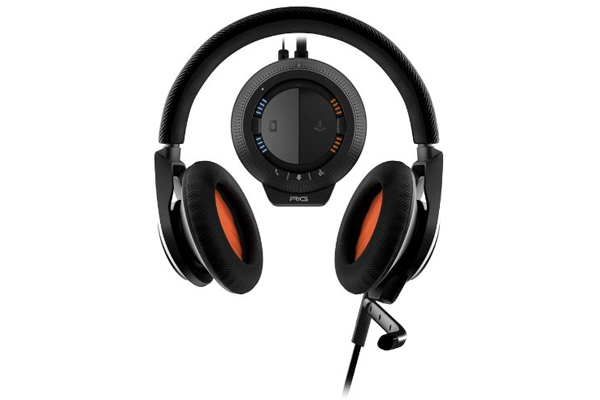
One of the Rig's more interesting features is the ability to patch in phone calls by plugging your phone into the amplifier. You can even control the volume of the call relative to that of the game you're playing, if you're in the middle of a heated multiplayer match but absolutely cannot miss a phone call.
MORE: Best Headphones Available Now
The good news is that it works, but the bad news is that it doesn't work very well. During a call with a co-worker, he told me that my voice sounded audible, but muddied by a fair amount of static. I couldn't hear him very well unless I turned the in-line amp volume way up and the in-game volume way down.
The in-line amp also features a button that can pick up and hang up on existing calls. This worked on an iPhone 6 and a Samsung Galaxy S6 edge, but not on a Motorola Moto X. Plantronics told Tom's Guide that the feature should work for all modern iOS and Android phones, but Moto X owners should be aware of this potential flaw.
Music Performance
Plantronics has a reputation for making great headphones, so it should come as no surprise that the Rig is one of the better headsets I've tested when it comes to music. I tried the Rig with music from a variety of genres, from Baroque to punk, and was very pleased with what I heard all around.
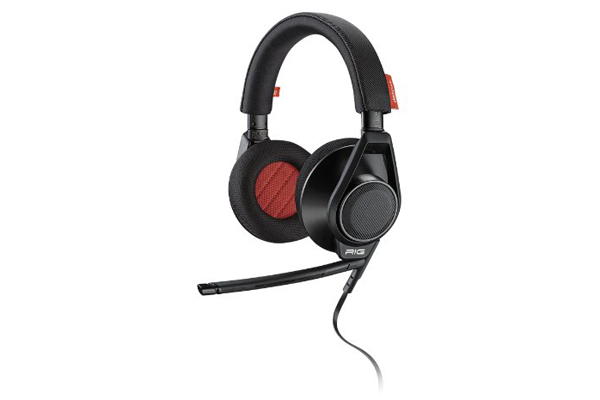
I listened to tracks from G.F. Handel, Old Crow Medicine Show and Flogging Molly, and the sound balance was excellent across the board. The audio was crystal clear (save for the aforementioned hiss), with bright overtones and a beautiful balance between treble and bass.
Bottom Line
The Plantronics Rig is extremely comfortable and sounds good, and those two qualities count for a lot. However, the Turtle Beach PX22 ($80) has a much better in-line amp, and the cheaper Logitech G430 ($60) costs a lot less but offers similar sound quality. Pick the Rig up if you like the design and want a headset that works equally well with PC games, console games, handhelds, tablets and smartphones. But don't get it for the mixer.
Marshall Honorof is a Staff Writer for Tom's Guide. Contact him at mhonorof@tomsguide.com. Follow him @marshallhonorof. Follow us @tomsguide, on Facebook and on Google+.
Marshall Honorof is a senior editor for Tom's Guide, overseeing the site's coverage of gaming hardware and software. He comes from a science writing background, having studied paleomammalogy, biological anthropology, and the history of science and technology. After hours, you can find him practicing taekwondo or doing deep dives on classic sci-fi.
